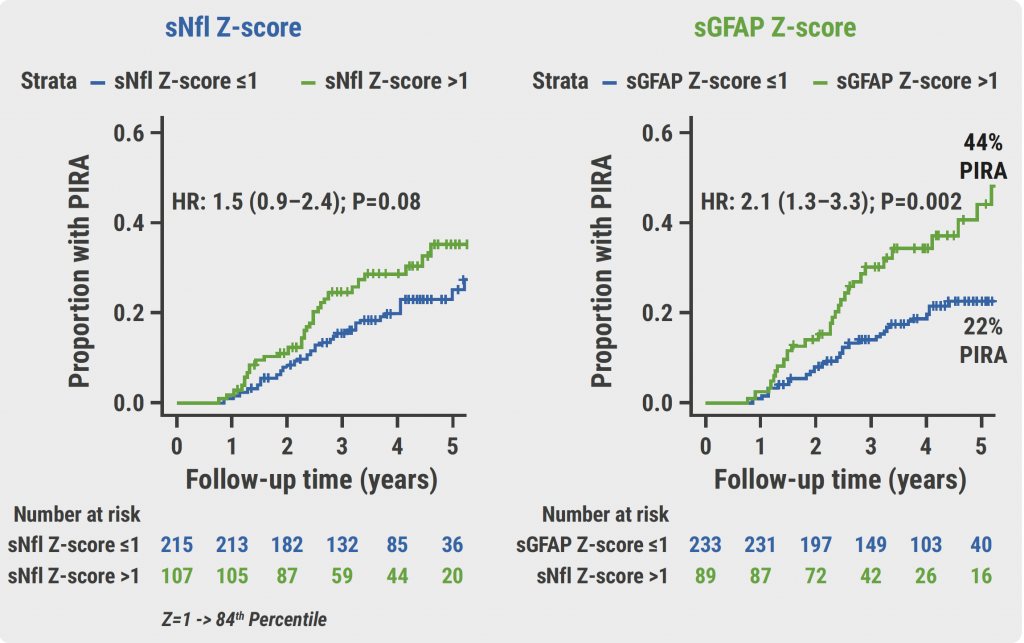Data from two independent studies "consistently demonstrated that participants with a flortaucipir advanced AD tau pattern are at a higher risk of clinically meaningful deterioration," report Dr. Ming Lu of Avid Radiopharmaceuticals, a subsidiary of Eli Lilly and Co. based in Philadelphia, and colleagues.
"Published studies to date have focused on quantitative analyses of flortaucipir PET scans, which is suitable for research purposes but could pose a challenge in clinical practice. Visual scan interpretation may enable broader clinical application and make flortaucipir more accessible to medical practitioners and, therefore, to patients," the researchers write in JAMA Neurology.
They tested the prognostic value of visually interpreted flortaucipir scans using a method recently approved by the U.S. Food and Drug Administration.
They assessed the association between flortaucipir scan pattern and clinical progression over 18 months in 364 cognitively impaired participants (48% women; mean age, 72 years) with a range of demographic characteristics, and clinical presentations similar to patients often seen in clinical practice.
A total of 240 participants were rated as having an advanced AD pattern on PET imaging. At the 18-month follow-up, 70% of those with an advanced AD pattern had an increase of one point or more in Clinical Dementia Rating Sum of Box score (CDR-SB), an event predefined as clinically meaningful deterioration, the authors report.
In contrast, only 46% of those with a nonadvanced AD pattern scan had the same event (risk ratio, 1.40; 95% confidence interval, 1.11 to 1.76). The adjusted mean CDR-SB change was 2.28 in the advanced-pattern group versus and 0.98 in the nonadvanced-AD-pattern group (P<0.001).
"Analyses with other clinical end point assessments, as well as analyses with each individual study's data, consistently indicated a higher risk of clinical deterioration associated with an advanced AD scan pattern," they report.
"Thus, flortaucipir PET, interpreted with a clinically applicable visual method, could provide helpful information regarding anticipated clinical decline in the management of patients being assessed for causes of cognitive impairment," they conclude.
SOURCE: https://bit.ly/3qwbzjs JAMA Neurology, online February 15, 2021.
By Reuters Staff
Posted on
Previous Article
« Ustekinumab works well in ulcerative colitis in the general population Next Article
Subclinical atherosclerosis, CVD risk factors tied to brain hypometabolism »
« Ustekinumab works well in ulcerative colitis in the general population Next Article
Subclinical atherosclerosis, CVD risk factors tied to brain hypometabolism »
Related Articles
September 27, 2019
Inflammation may change the course of Parkinson’s disease

August 22, 2022
Erenumab more than doubles plasma CGRP levels
© 2024 Medicom Medical Publishers. All rights reserved. Terms and Conditions | Privacy Policy
HEAD OFFICE
Laarderhoogtweg 25
1101 EB Amsterdam
The Netherlands
T: +31 85 4012 560
E: publishers@medicom-publishers.com

